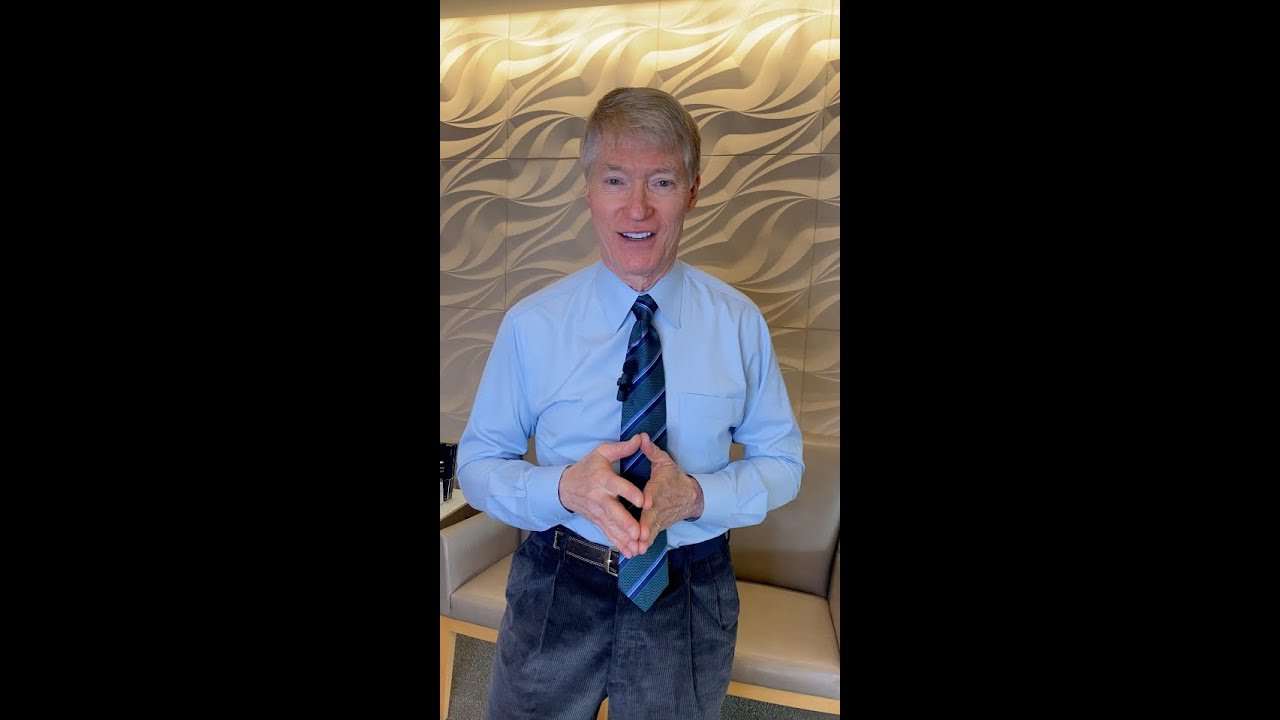“Doctor, can you narrow my bulbous nasal tip?” This is a question that I frequently hear when a patient comes in to talk about changing their nose. The answer is almost always, “Yes,” but the amount of change possible varies from patient to patient.
The width of a nose is affected by three things:
Let’s look at how each of these contributes to the problem and how they can be addressed.
Skin Thickness
Skin thickness is something that you are born with. Just as a leopard cannot change his spots, so skin thickness is something that cannot be changed. If a surgeon tries to thin the deep dermal layer of the skin, it will result in scar formation that may produce irregularities. Furthermore, the skin is still no thinner than what you began with!
How can a person know if their skin is thick? You can’t see the edges of the underlying cartilages. In addition, the skin of the entire central face is usually thicker and oilier. Even if the skin is thick, though, by reshaping the cartilages and reducing any fatty or fibrous tissue, the tip can be narrowed. Furthermore, by placing an additional piece of cartilage on top of the tip cartilages, the tip will appear even narrower. This cartilage piece is known as a tip graft and can also be used to lift a drooping tip as discussed below.
Fatty or Fibrous Tissue
What about fatty or fibrous tissue just beneath the skin? Not every patient has this, but certain “ethnic” noses do and after lifting the skin of the tip in surgery, this tissue can be identified and readily excised, narrowing a bulbous tip.
Tip Cartilages
3. We now come to the part that can almost always be changed with surgery – the tip cartilages. These two cartilages are shaped like two horseshoes lying next to each other. Everyone has these two cartilages, but what is it that makes certain tips bulbous? Two things: Either the cartilages are “U-Shaped” as opposed to “V-Shaped” or they are very wide. If they are “U-Shaped” they can be changed to “V-Shaped” by sutures placed across the curve so as to narrow the curvature into one that gives a less bulbous appearance to the tip. If they are very wide, they can be narrowed by trimming away the upper edge of the cartilage.
“U-Shaped” Cartilage vs. “V-Shaped” Cartilage
Two things must be kept in mind, however:
• If the cartilage itself is made of a flimsy material, trimming away the upper edge may result in a weakened cartilage that cannot support the weight of the skin. As a result, the tip of the nose may droop. In cases such as this, placement of an additional piece of cartilage known as a strut between the two tip cartilages may be done to give support. The other option is to place a nasal tip graft over the top of the two tip cartilages to push the skin up and thus re-establish the support of the skin.
• Changing the tip cartilages from a “U-Shape” to a “V-Shape” will tend to narrow the nostrils and can decrease the airflow when you breathe. This can produce breathing difficulties if done to excess.
What about your particular situation? There is no substitute for a visit to a plastic surgeon’s office to understand how your nose might be improved.
Should you have further questions about rhinoplasty, please contact my office.
George Sanders, M.D.






